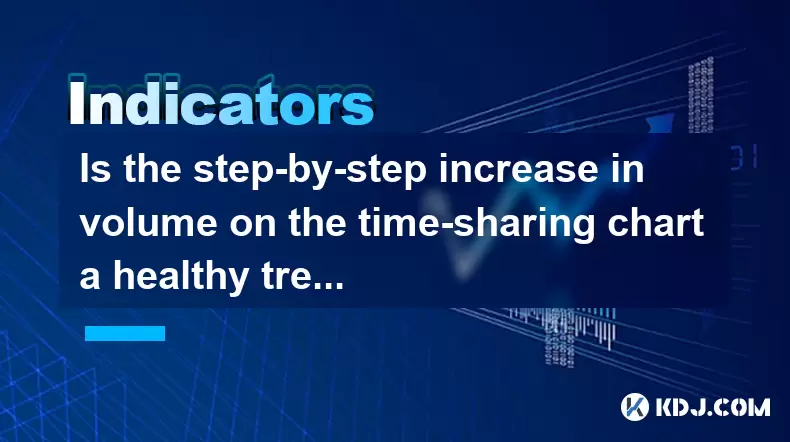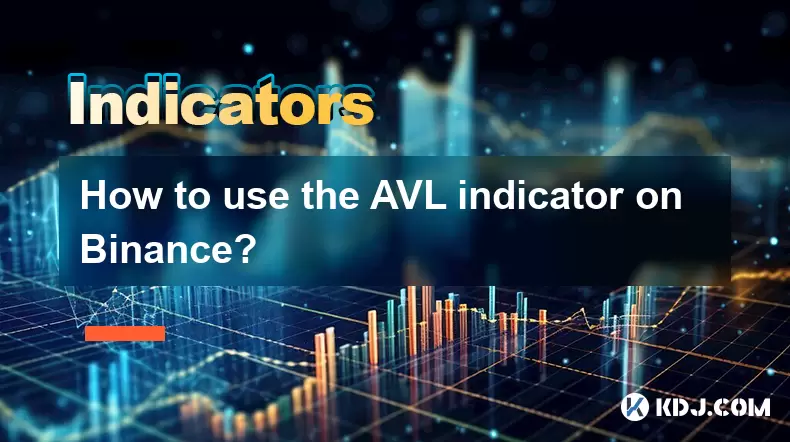-
 Bitcoin
Bitcoin $117700
-0.03% -
 Ethereum
Ethereum $3805
0.49% -
 XRP
XRP $3.098
-1.00% -
 Tether USDt
Tether USDt $1.000
0.03% -
 BNB
BNB $792.8
-1.72% -
 Solana
Solana $177.9
-1.95% -
 USDC
USDC $1.000
0.02% -
 Dogecoin
Dogecoin $0.2202
-1.55% -
 TRON
TRON $0.3278
-2.92% -
 Cardano
Cardano $0.7641
-2.43% -
 Hyperliquid
Hyperliquid $42.21
-2.68% -
 Sui
Sui $3.758
-1.58% -
 Stellar
Stellar $0.4080
-3.21% -
 Chainlink
Chainlink $17.75
-0.33% -
 Bitcoin Cash
Bitcoin Cash $591.8
4.96% -
 Hedera
Hedera $0.2561
-3.09% -
 Avalanche
Avalanche $23.34
-4.24% -
 Litecoin
Litecoin $110.7
1.96% -
 UNUS SED LEO
UNUS SED LEO $8.956
-0.01% -
 Toncoin
Toncoin $3.410
0.79% -
 Ethena USDe
Ethena USDe $1.001
0.03% -
 Shiba Inu
Shiba Inu $0.00001288
-1.82% -
 Uniswap
Uniswap $10.07
-2.06% -
 Polkadot
Polkadot $3.807
-2.27% -
 Monero
Monero $308.2
-2.15% -
 Dai
Dai $1.000
0.03% -
 Bitget Token
Bitget Token $4.521
-0.30% -
 Pepe
Pepe $0.00001134
-1.52% -
 Cronos
Cronos $0.1457
0.65% -
 Aave
Aave $274.9
-2.47%
Is the step-by-step increase in volume on the time-sharing chart a healthy trend?
A step-by-step increase in volume on a time-sharing chart may signal gradual market participation, indicating accumulation, algorithmic trading, or potential manipulation—best interpreted alongside price action and historical averages.
Jun 20, 2025 at 05:28 pm

Understanding the Time-Sharing Chart in Cryptocurrency Trading
In cryptocurrency trading, a time-sharing chart, often referred to as a tick chart or intraday chart, provides granular data about price and volume movements over short time intervals. These charts are crucial for day traders who monitor real-time fluctuations in asset values. The step-by-step increase in volume on such charts can offer insights into market sentiment, liquidity, and potential price direction.
Time-sharing charts display every transaction that occurs during a specific session, allowing traders to observe how buying and selling pressures evolve minute by minute. Volume is represented as bars beneath the price action, with each bar corresponding to a fixed time interval (e.g., 1-minute, 5-minute). A rising volume trend typically signals increasing interest in an asset.
What Does a Step-by-Step Increase in Volume Indicate?
A gradual but consistent rise in volume on the time-sharing chart suggests that more participants are entering the market at regular intervals. This could be due to several reasons:
- Market makers placing orders incrementally to avoid triggering large price swings.
- Algorithmic trading bots executing trades in small batches to maintain stealth and efficiency.
- Retail traders reacting to news or technical signals across different time zones or platforms.
When volume increases step-by-step rather than spiking abruptly, it may reflect a more controlled accumulation or distribution phase. Traders should look at this in conjunction with price movement to determine whether the trend is bullish or bearish.
Correlating Volume Steps with Price Action
Volume alone does not provide a complete picture unless analyzed alongside price behavior. For example:
- If volume rises while price remains flat, it might indicate strong support or resistance levels where buyers and sellers are equally active.
- If price rises along with increasing volume steps, it’s generally considered a healthy sign of genuine demand.
- If price falls despite rising volume, it could signal panic selling or coordinated dumping by large holders.
Traders often use tools like the Volume Weighted Average Price (VWAP) or On-Balance Volume (OBV) to further validate these trends. These indicators help distinguish between organic volume growth and artificial manipulation.
How to Interpret Gradual Volume Increases in Different Market Conditions
The context in which volume increases occur plays a critical role in interpretation. Here's how to assess it under varying conditions:
- In a sideways market, steady volume growth might suggest that institutional players are accumulating positions without disrupting equilibrium.
- During a breakout attempt, gradual volume steps could mean that momentum is building slowly, possibly leading to a sustained move if confirmed by candlestick patterns.
- During a pullback or consolidation, rising volume indicates continued interest even though price isn't moving significantly, hinting at potential resumption of the prior trend.
It's also essential to compare current volume readings with historical averages. If the step-wise volume increase is significantly above average, it warrants closer attention.
Identifying Potential Manipulation Through Volume Patterns
While a step-by-step volume increase can be healthy, it can also be engineered. In the crypto space, especially on less-regulated exchanges, wash trading and spoofing are common tactics used to create fake volume.
- Wash trading involves placing buy and sell orders from the same entity to simulate activity.
- Spoofing happens when large orders are placed and canceled before execution to mislead other traders.
To detect these anomalies, traders should cross-check volume data with order book depth and trade size distribution. Genuine volume usually correlates with actual price changes and liquidity pool utilization.
Frequently Asked Questions
Q: What tools can I use to analyze volume trends on time-sharing charts?
You can use platforms like TradingView, Binance's native tools, or specialized software like Bookmap for advanced analysis. Features like VWAP, OBV, and cumulative delta can help dissect volume flow in detail.
Q: How do I differentiate between organic and manipulated volume increases?
Look for consistency in trade sizes, check order book depth, and verify if the volume corresponds with real-world events or announcements related to the cryptocurrency.
Q: Can a step-wise volume increase predict a breakout?
Not always. While it can indicate growing interest, confirmation through price action and support/resistance levels is necessary before assuming a breakout is imminent.
Q: Should I rely solely on volume patterns for trading decisions?
No, volume should be part of a broader strategy that includes price action, technical indicators, and fundamental factors. Relying solely on volume can lead to false signals, especially in volatile crypto markets.
Disclaimer:info@kdj.com
The information provided is not trading advice. kdj.com does not assume any responsibility for any investments made based on the information provided in this article. Cryptocurrencies are highly volatile and it is highly recommended that you invest with caution after thorough research!
If you believe that the content used on this website infringes your copyright, please contact us immediately (info@kdj.com) and we will delete it promptly.
- Cold Wallet vs. MetaMask: A Crypto Wallet Revolution?
- 2025-07-31 10:30:57
- Bitcoin Casinos in 2025: Instant Payouts and Welcome Bonuses
- 2025-07-31 10:50:33
- Meme Coins in 2025: Token Burns and the Quest for Moonshots
- 2025-07-31 10:50:33
- Unlocking Value: A Deep Dive into Random Year 1 oz Krugerrand Gold Coins
- 2025-07-31 10:57:21
- LYNO Token Presale: AI Arbitrage Revolution in DeFi
- 2025-07-31 05:11:11
- Pepecoin Successors: Can These Cryptocurrencies Make You a Millionaire?
- 2025-07-31 05:50:12
Related knowledge

How to use the AVL indicator to confirm a trend?
Jul 31,2025 at 10:25am
Understanding the AVL Indicator and Its ComponentsThe AVL indicator, also known as the Accumulation Volume Line, is a technical analysis tool that com...

How does volume affect the AVL indicator?
Jul 31,2025 at 11:23am
Understanding the AVL Indicator and Its Core ComponentsThe AVL indicator, short for Accumulation Volume Line, is a technical analysis tool used primar...

How to use the AVL indicator with MACD for better signals?
Jul 31,2025 at 09:22am
Understanding the AVL Indicator and Its Role in Cryptocurrency TradingThe AVL indicator, also known as the Accumulation Volume Line, is a volume-based...

How to identify sell signals with the AVL indicator?
Jul 31,2025 at 07:09am
Understanding the AVL Indicator and Its Core ComponentsThe AVL indicator, also known as the Accumulation Volume Line, is a volume-based technical anal...

How to use the AVL indicator on Binance?
Jul 31,2025 at 12:22pm
Understanding the AVL Indicator and Its Relevance on BinanceThe AVL indicator, also known as the Accumulation Volume Line, is a technical analysis too...

What are the best settings for the AVL indicator?
Jul 31,2025 at 10:04am
Understanding the AVL Indicator and Its PurposeThe AVL indicator, also known as the Accumulation Volume Line, is a technical analysis tool used in the...

How to use the AVL indicator to confirm a trend?
Jul 31,2025 at 10:25am
Understanding the AVL Indicator and Its ComponentsThe AVL indicator, also known as the Accumulation Volume Line, is a technical analysis tool that com...

How does volume affect the AVL indicator?
Jul 31,2025 at 11:23am
Understanding the AVL Indicator and Its Core ComponentsThe AVL indicator, short for Accumulation Volume Line, is a technical analysis tool used primar...

How to use the AVL indicator with MACD for better signals?
Jul 31,2025 at 09:22am
Understanding the AVL Indicator and Its Role in Cryptocurrency TradingThe AVL indicator, also known as the Accumulation Volume Line, is a volume-based...

How to identify sell signals with the AVL indicator?
Jul 31,2025 at 07:09am
Understanding the AVL Indicator and Its Core ComponentsThe AVL indicator, also known as the Accumulation Volume Line, is a volume-based technical anal...

How to use the AVL indicator on Binance?
Jul 31,2025 at 12:22pm
Understanding the AVL Indicator and Its Relevance on BinanceThe AVL indicator, also known as the Accumulation Volume Line, is a technical analysis too...

What are the best settings for the AVL indicator?
Jul 31,2025 at 10:04am
Understanding the AVL Indicator and Its PurposeThe AVL indicator, also known as the Accumulation Volume Line, is a technical analysis tool used in the...
See all articles

























































































